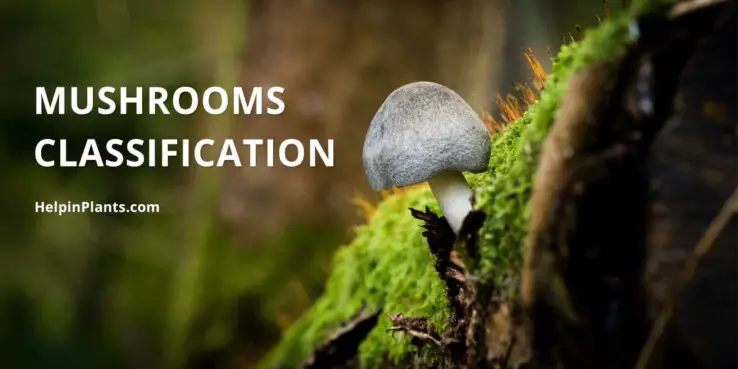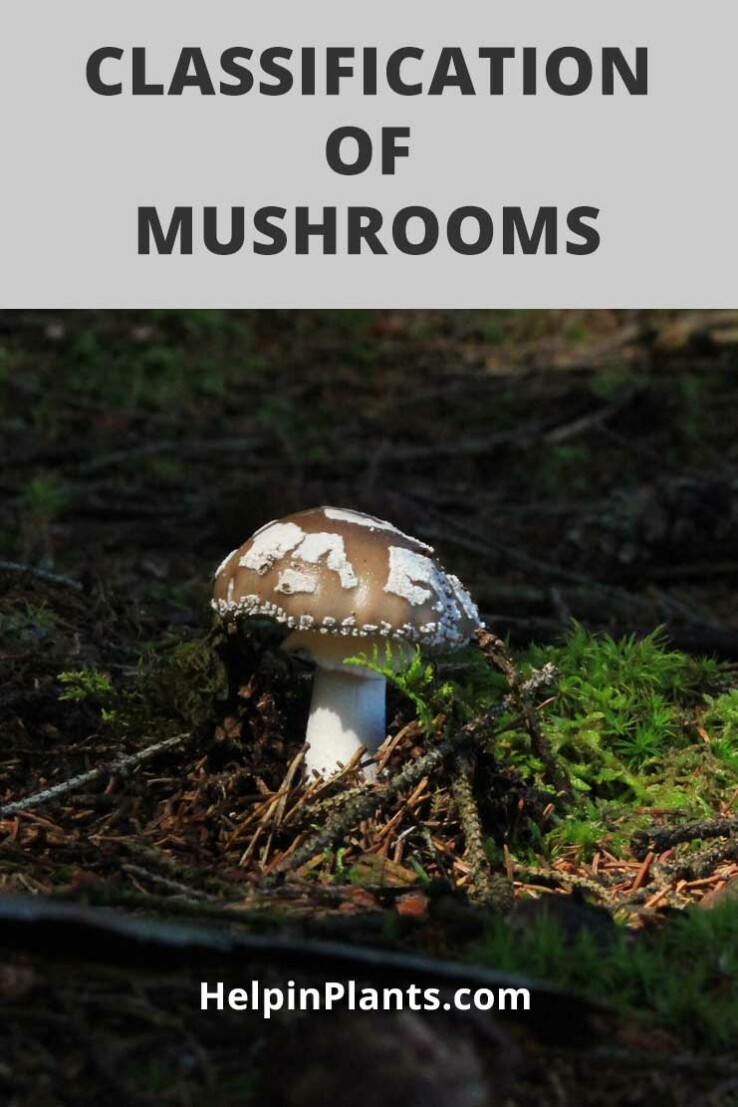
Classification of Mushrooms Based On How They Grow
There are over 10,000 Mushrooms species (types) that are known to us. This is not the exact number either... mycologists suspect that this is just a small part of what is there. But depending on how they grow, these mushrooms can be classified into 4 different categories.
These 4 different categories are Saprotrophic, Mycorrhizal, Parasitic, and Endophytic. These describe how the mushroom species feed themselves.
Saprotrophic Mushrooms
Saprotrophic mushrooms are also known as decomposers. They grow on dead matters like dead plants, woods, or animals. They produce enzymes and acids which decompose dead bodies into smaller consumable molecules.
Saprotrophic mushrooms are an important part of the food chain. Otherwise, the dead bodies would be laying all over the ground without decaying.
Saprotrophs recycle dead matter into compost or soil.
Saprotrophs include some of the most common types of mushrooms. Some examples are...
Oyster Mushroom
This is a popular type of edible mushrooms and best known for its cholesterol-reducing effects.
Reishi Mushroom
This is a medicinal mushroom and is being used in Chinese medicines.
Morels Mushroom
This is an edible mushroom, which is delicious and well known among mushroom hunters. Its structure is very elusive.
Button Mushroom
Button mushroom is one of the most common types of edible and cultivated mushrooms. This includes the white button, crimini, and portobello mushrooms.
Shiitake Mushroom
It is popular for its taste and medicinal properties. They are commonly sold dried.
Puffballs Mushroom
Puffball Mushroom can grow to a huge size. i.e. up to 20 kg in weight. They are harvested for cooking while they are yet small. Puffballs produce spores once they become mature and their color turns to brown or yellow.
Enoki Mushroom
Enoki mushrooms are also commonly available in supermarkets. Their stems are long and caps are small. Usually used in Asian cooking recipes.
Mycorrhizal Mushrooms
These mushrooms make a friendly relationship with other plants and trees. Usually, Mycorrhizal mushrooms give them water and nutrients, while plants and trees give them sugar in return. So both parties benefit from each other.
It has been estimated that about 95% of plants take advantage of the relationship with Mycorrhizal Mushrooms.
These mushrooms help other plants and trees grow faster, stronger, and healthier.
Examples of Mycorrhizal Mushrooms are...
Truffles Mushrooms
Truffles include Tuber Melanosporum, Tuber Magnatum, etc - But these mushroom types are very expensive.
Porcini Mushroom
It is commonly used in Italian recipes and is known as Cep mushrooms. Usually, they are cut while still small, i.e. about an inch. But they can grow up to 10 inches long. Both dried and fresh ones are commonly available in supermarkets.
Chanterelles Mushroom
These are yellowish and have a sweet and peppery flavor. They can be stored up to 10 days in a fridge.
Matsutake Mushroom
These are hard to find mushrooms because they grow under specific trees and usually, they are hidden under leaves and other brush on the floor. They are commonly used in Chinese, Korean, and Japanese recipes.
Parasitic Mushrooms

Parasitic mushrooms also grow on trees and plants. But unlike Mycorrhizal mushrooms, they never give back anything to its host. If enough time is given, then these mushrooms will eventually kill the host plant.
The Parasitic mushrooms do not limit themselves to trees and plants. But some of its species like the caterpillar fungus (cordyceps sinesis) preys on insects, killing them and eventually growing out of their heads!
Some examples of parasitic mushrooms are...
Chaga Mushrooms
This fungus is mainly popular for its medicinal properties. It usually grows on the sides of a birch tree.
Lion's mane Mushrooms
Lion's mane mushrooms have also medicinal properties. It boosts concentration and mood and keeps the brain healthy. It supports the immune system and effective in reducing inflammation in the body.
Honey fungus
Some species in the Armillaria genus are edible while some are bioluminescent. There is one other colony that is suspected to be the largest organism on the planet!
Caterpillar fungus
This is a true parasite that does not limit itself to trees and plants and even preys on insects.
Endophytic Mushrooms
Endophytic mushrooms are still a bit of a mystery for mycologists. They form a relationship with a host tree, invade their tissues like parasitic mushrooms. But the host tree stays healthy and even gains more nutrients easily. They also gain an increased immunity to diseases.
Endophytes can also be grown in a lab environment without the need for a host tree. That's why they are also considered Mycorrhizal mushrooms.
The only thing that makes it separate from the rest is that endophytes live entirely in host plant tissues, without making the host sick. They do not produce mushrooms like the other categories. But they are used for many useful medicines.
There are some great resources to check for Endophytes on Wikipedia and ScienceDirect.

